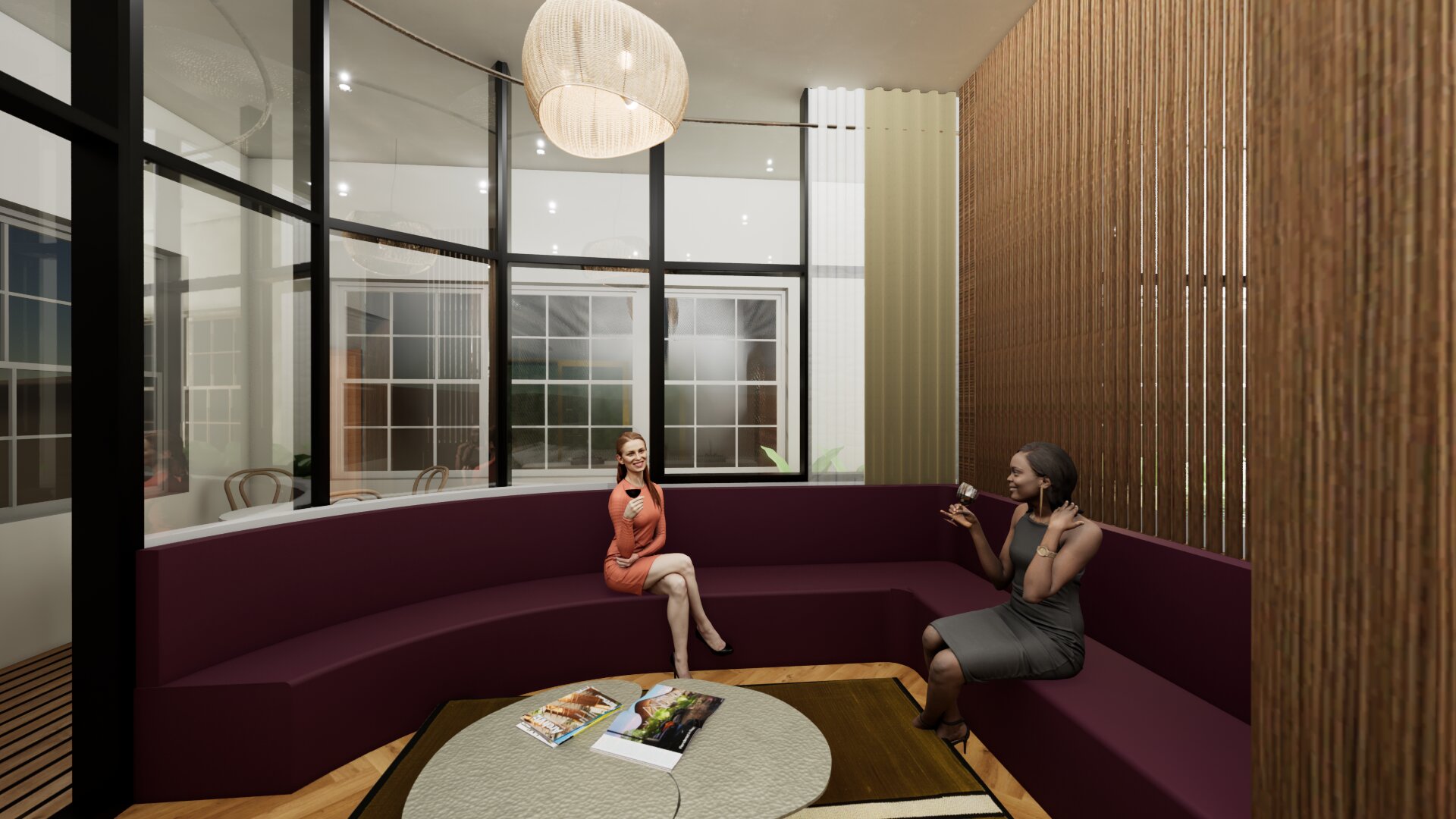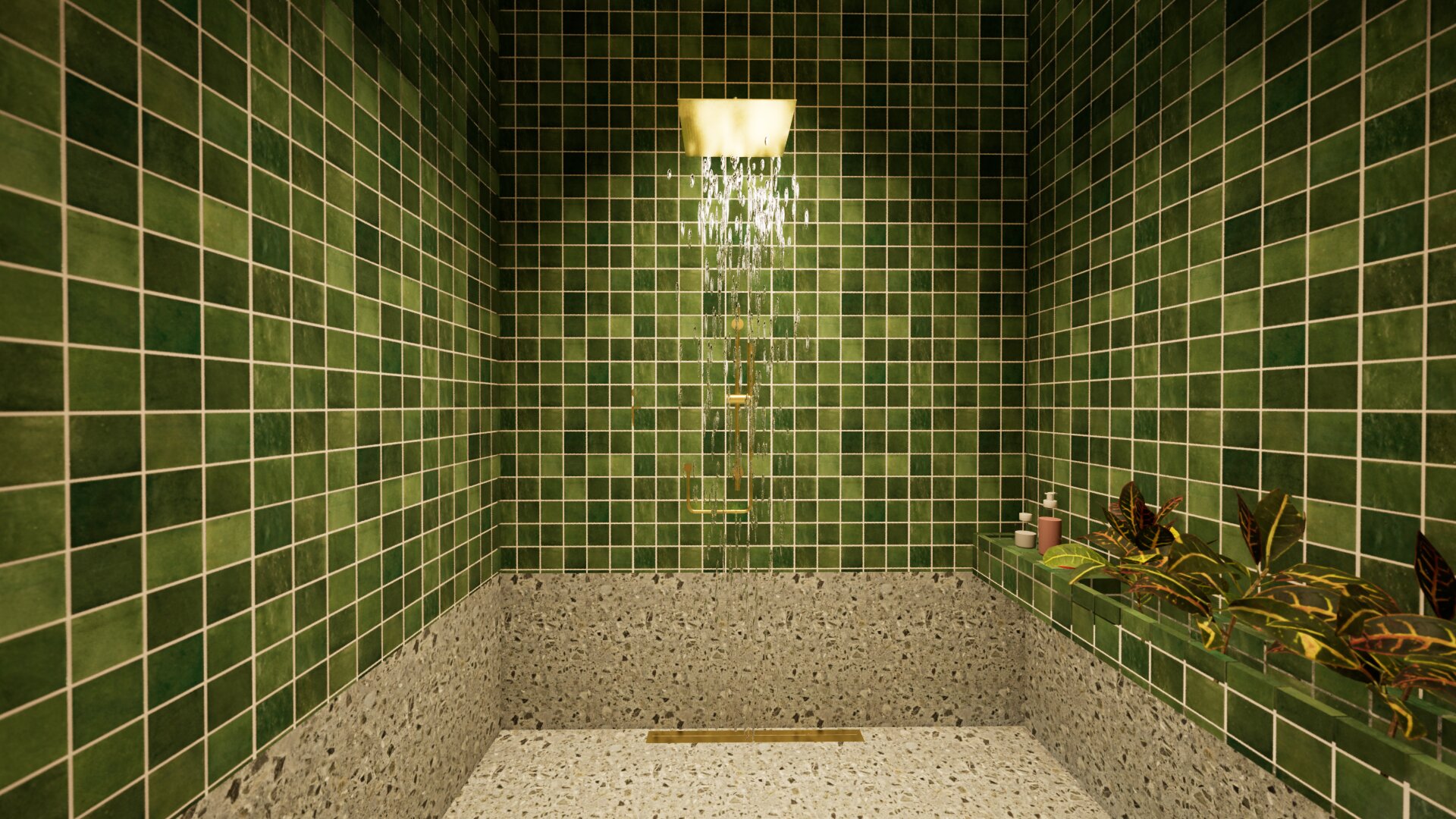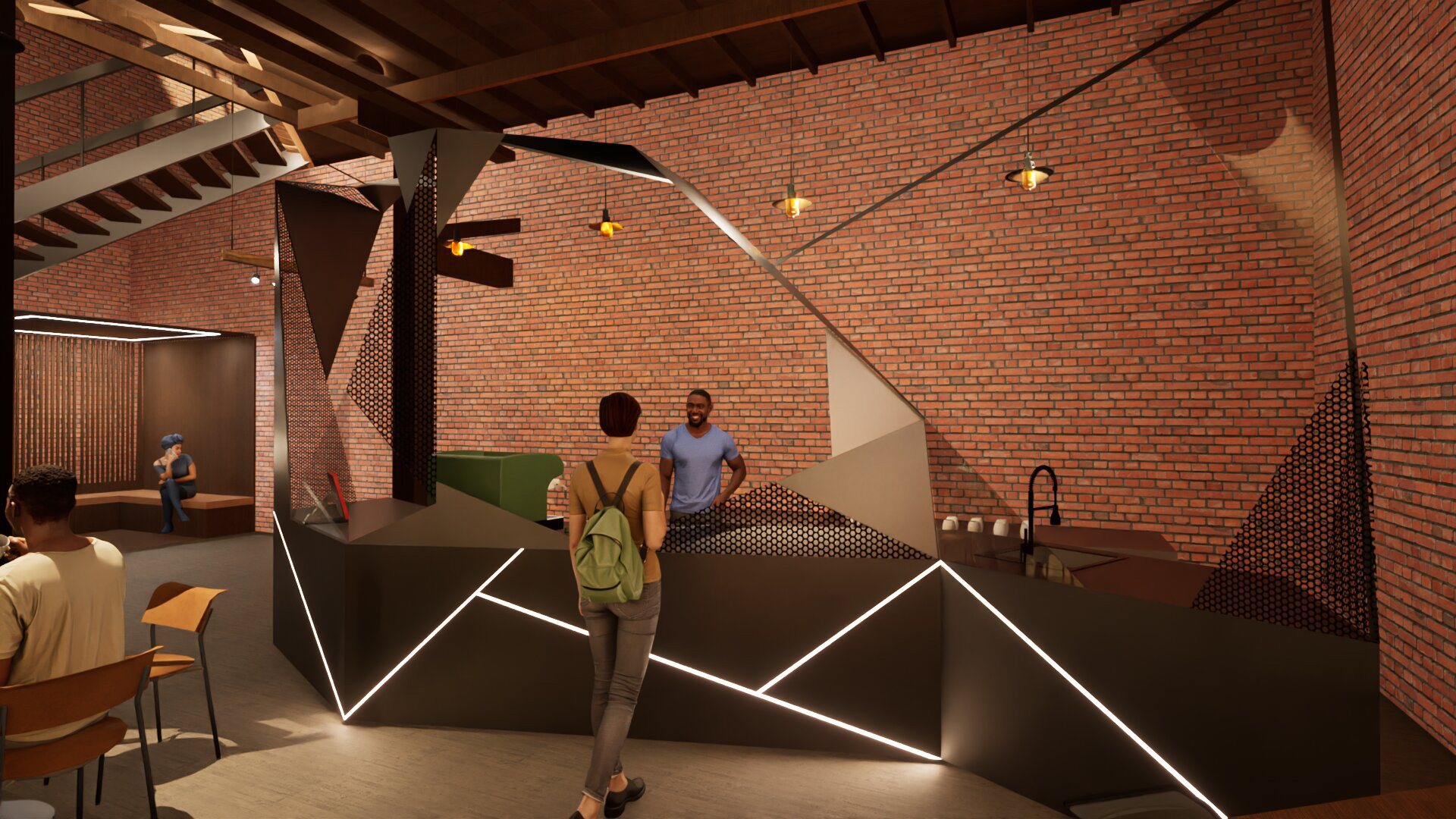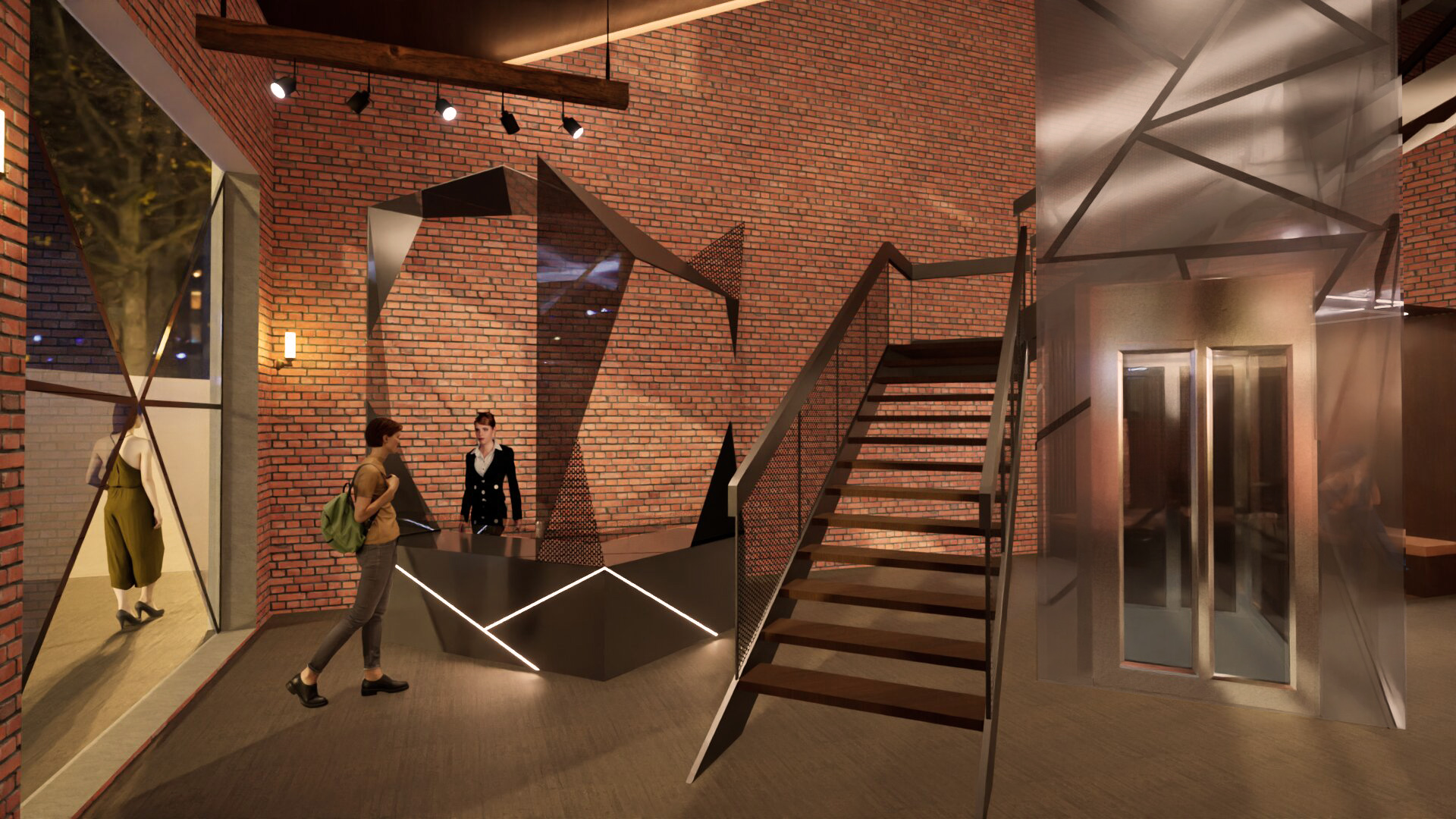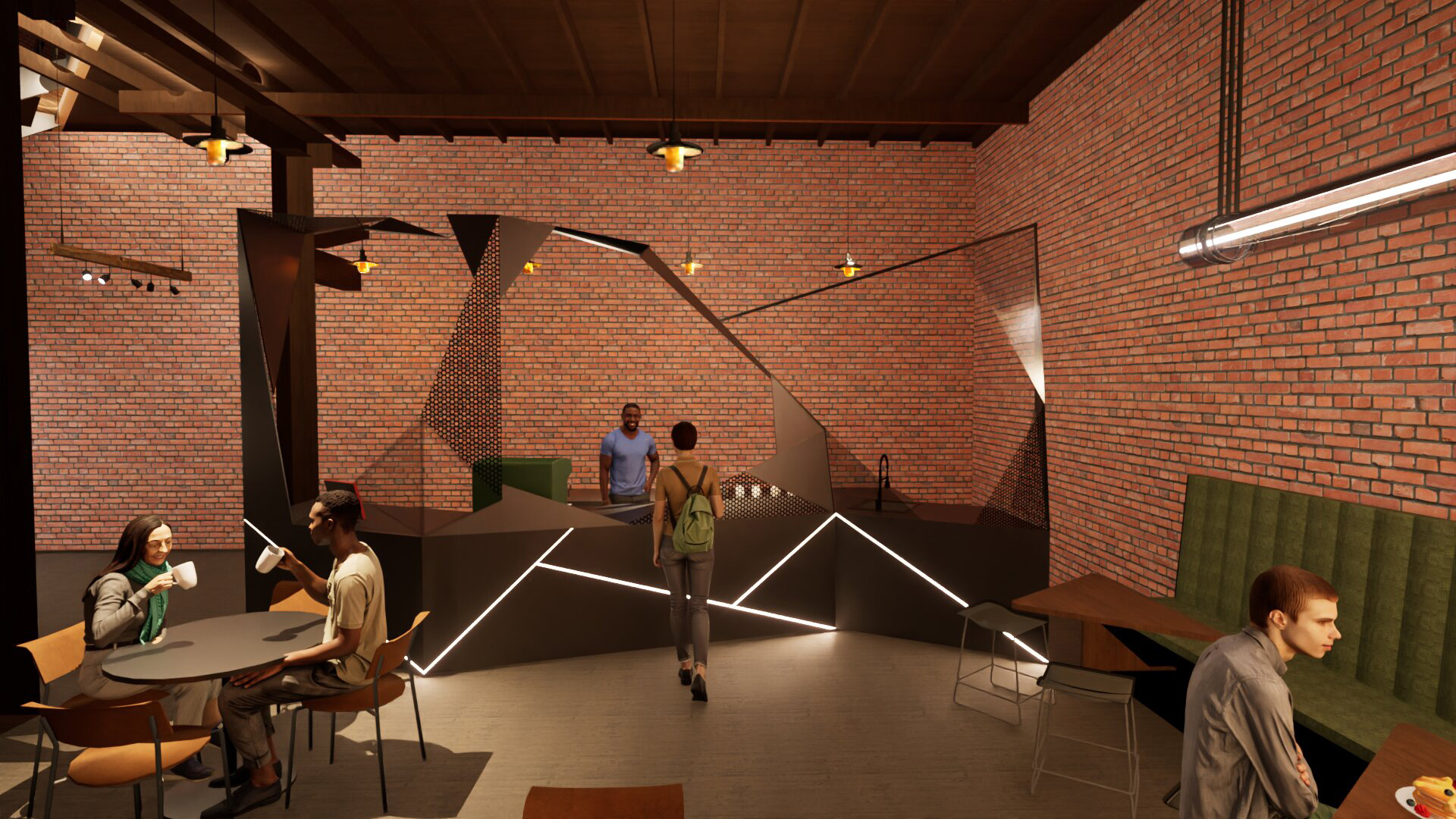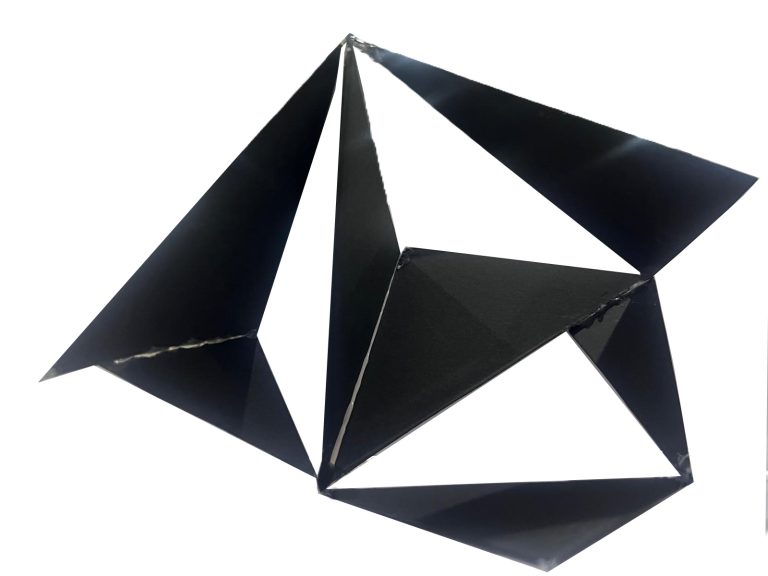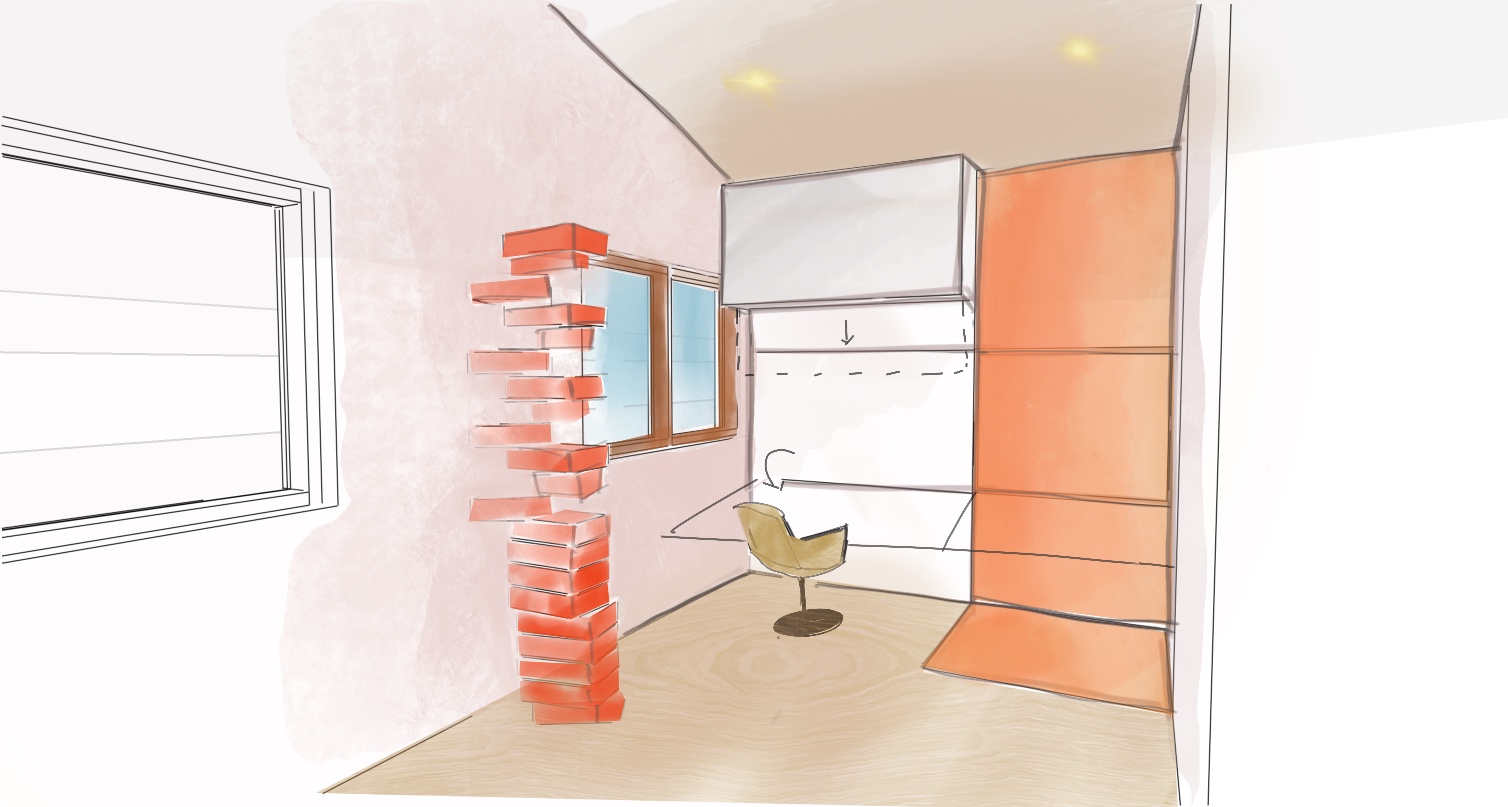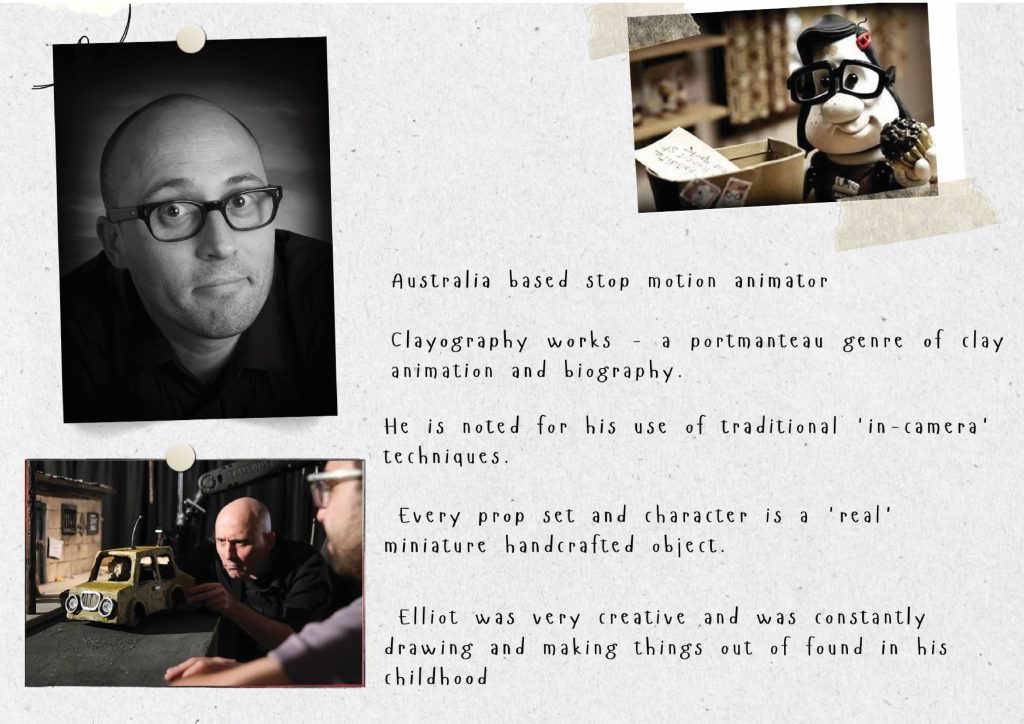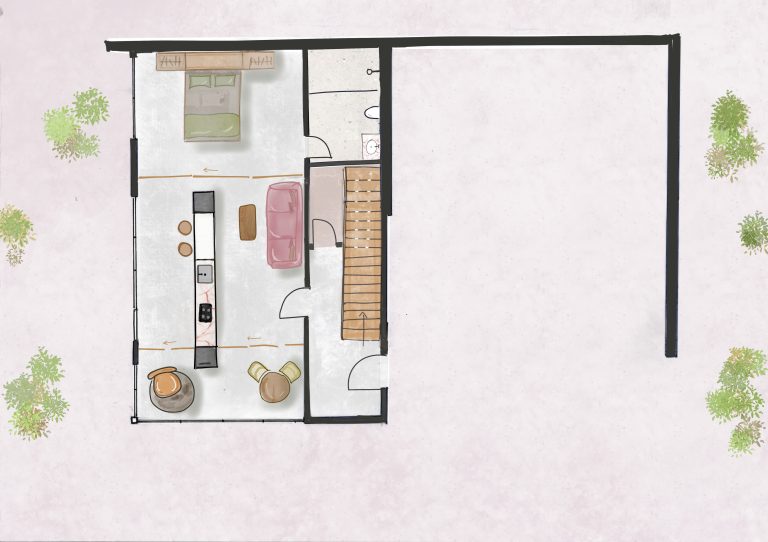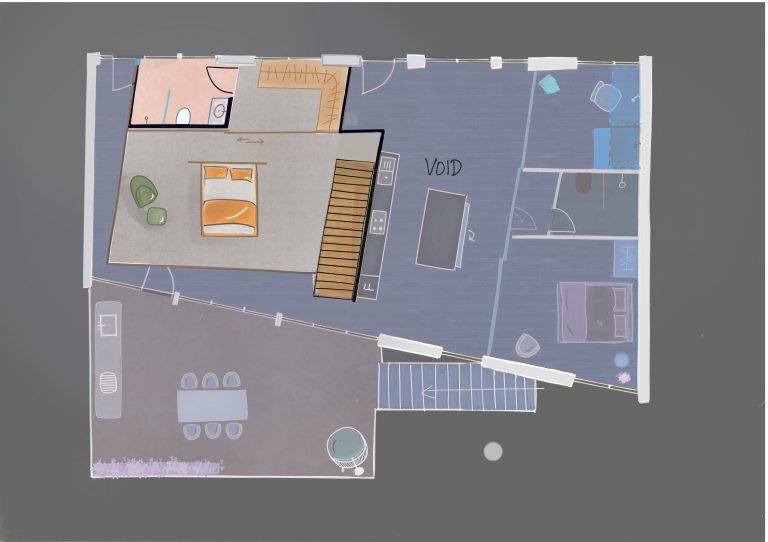
Your Name
Bhavishya Manoharan
Diploma of Interior Design
Bhavishya Manoharan is a creative interior designer with a flair for conceptual and sustainable approaches to design. Her childhood passion for art and crafts led her to a creative career that seamlessly combines aesthetics and functionality.
Bhavishya’s master’s degree in applied mathematics brings analytical depth to her design process, enhancing her work’s precision. Her prior design related courses and work experience provided learning opportunities with tools like Revit, Sketchup, and Twin motion. These tools, combined with her hand sketches, help her visualize her creative thinking and provide a better opportunity to express the design process, crafting spaces that reflect unique tastes and lifestyles.
Bhavishya looks forward to applying her skills in real-world projects with a commitment to creative & sustainable practices

Boutique Hotel
"Connected to unconnectedness"
Serein is a boutique hotel concept rooted in balance, calmness, and the transformative power of intentional disconnection. Inspired by the yin-yang philosophy and modern Zen principles, Serein provides a peaceful sanctuary where guests can step away from the chaos of daily life to reconnect with themselves.
The name “Serein,” symbolizing tranquility after a rainstorm, is reflected in the hotel’s earthy, minimalist design. Every space—from serene accommodations to yoga studios, mineral spas, and curated retail areas—is crafted to promote mindfulness, self-reflection, and harmony. Each element embodies the theme of “connected to unconnectedness,” creating a cohesive yet distinct guest experience.
Serein invites guests to rediscover balance and well-being, offering an environment designed for relaxation, rejuvenation, and reconnection with what truly matters.
The retail café design draws inspiration from Melbourne’s Federation Square, focusing on its triangular geometry. A 3D concept model was developed, exploring positive and negative spaces and explored the possibility by creating hand-made 3D models for precision and structural balance.
The reception area and the cafe features a triangular canopy based on the exploratory analysis. The whole space has been divided into a customer zone and a smaller work area for the receptionist. And the café’s canopy , defines three functional zones: a staff work area, an ordering section, and a larger food collection area.
This design blends dynamic geometric forms with practical functionality, creating an innovative and visually cohesive space.

Commercial Design
"Inspired by Fractals"

Mid Century Modern House
"Concept of Transformation"
The MCM House design is inspired by client Adam Elliot’s claymation work, leading to the concept of transformation. The design process incorporates a concept board and model to explore this theme. A grid system is utilized in the floor plan for spatial organization.
The sliding concept is applied in the studio apartment in ground floor, office room, bathroom, and guest bedroom in the first floor, creating an open floor plan that offers both functionality and privacy by seamlessly sliding panels back when needed. This approach reflects a dynamic and transformable living experience, blending openness with the ability to create private spaces as desired.







